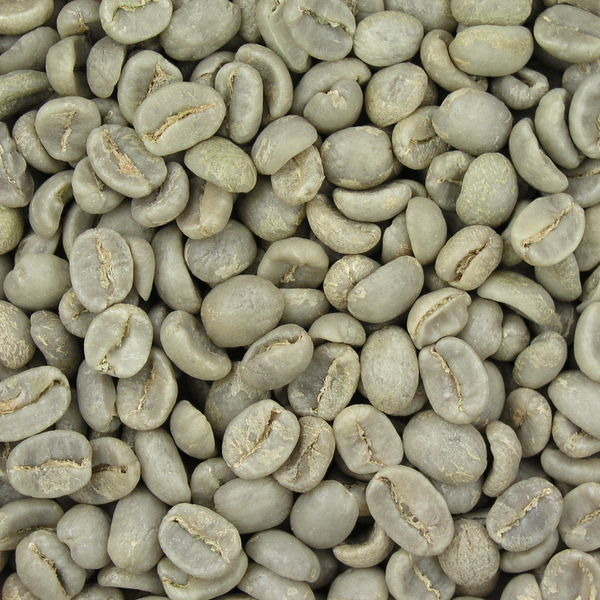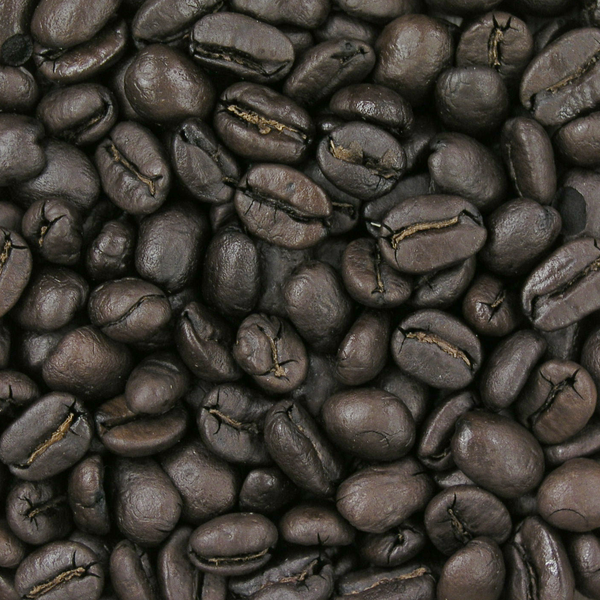 |
| 70-30 Coffee and other items such as sugar, salt and Margerine...scary ain't it? |
I was then asked, if the local roast has so much "evil" in it, how do people outside of Malaysia roast their coffee then?
 |
| Great on a hot day |
Images below are taken from wikipedia with credit to Dan Bollinger. Individual attributes of the photo is available below the photos.
1. Yellowing: For the first few minutes the bean remains greenish,
then turn lighter yellowish and emit a grassy smell.
 |
| Green Beans. Image captured by Dan Bollinger |
2. Steam: The beans start to steam as their internal water content
dissipates.
 |
| Drying phase. Image captured by Dan Bollinger |
At this stage, this is called an "Arabic Coffee" where the coffee made from this roast are light and almost tea like. Turkish coffee inherit the same roast with addition of spices such as cardamon.
3. First Crack: The
steam becomes fragrant. Soon you will hear the "first crack," an audible cracking sound as the real
roasting starts to occur: sugars begin to caramelize, bound-up water escapes,
the structure of the bean breaks down and oils migrate from their little
pockets outward.
 |
| End of First Crack. Image captured by Dan Bollinger. |
At the end of first crack, you will get the American Roast, which are typically what some fastfood restaurant serves as part of their breakfast promotion. However, it's arguable if they actually serves City Roast, typical for Stage 4 below.
4. First
Roasted Stage: After the first
crack, the roast can be considered complete any time according to your taste.
The cracking is an audible cue, and, along with sight and smell, tells you what
stage the roast is at. This is what is call a City roast.
 |
| City Roast. Image taken by Dan Bollinger. |
City roast will provide the best roast to actually taste the bean's characteristic. But many spoil it by mixing it with sugar, milk or creamer. Best to be enjoyed as they are - but that is how any coffee should be drank.
5. Caramelization: Caramelization continues, oils migrate, and the
bean expands in size as the roast becomes dark. As the roast progresses, this
is a City + roast. Most of our roast recommendations stop at this
point. When you are the verge of second crack, that is a Full
City roast.
 |
| Full City Roast. Image captured by Dan Bollinger. |
6. Second Crack: At this point a "second crack" can be heard, often more
volatile than the first. The roast character starts to eclipse the origin
character of the beans at this point. A few pops into second crack is
a Full City + roast; a roast all the way through second crack is
a Vienna roast. Small pieces of the bean are sometimes blown away
like shrapnel!
 |
| Vienna Roast. Image captured by Dan Bollinger. |
Vienna Roast is easy on the palate and offer an introduction to more sinister roast such as French and Italian roast. Right after the second crack, espresso beans (French and Italian roast) are produced.
 |
| Italian Roast or Espresso. Image captured by Dan Bollinger |
8. Ack!! Too
Late! Eventually, the
sugars burn completely, and the roast will only result in thin-bodied cup of
"charcoal water."
 |
| Spanish Roast. Image captured by Dan Bollinger. |
I am yet to taste any Spanish roast. SweetMarias mentioned that it tasted like charcoal water. Anyone with these experiences?
The whole process did not look too complicated and that is how coffees are roasted typically. What the local roaster does is that they add these extra ingredient at the Stage 2 or right before the first crack happens. As the local coffee are never meant to be "light brew", the sugar sort of hasten the process and bring it to stage 5 faster while the Margarine keeps the heat up higher, apart from giving the distinctive "savoury" taste to local coffee.
Between Stage 6 to 7, this is where many other varieties of coffees you see on the shelves comes from. The very finely controlled temperature during the second crack and above produces a lot of other more characteristic roast synonym with names such as Vienna, French and Italian Roast. Between Stage 7 and 8 is where the very fine line of burnt coffee comes from aka Spanish roast.
Hope today's entry provides some knowledge as to how coffee beans are roasted and what discern it from the local varieties. Remember, these 100% coffees has ZERO calories and preservatives. They are best consumed within 2 weeks of opening. Always store your coffee in airtight container and in the freezer to retain freshness.
This article contains information from SweetMarias.com and wikipedia.com. Process flow of roasting and photos credit belongs to respective website and owner. I added in some of my own personal opinion. I welcome others to share their thoughts on the coffee that they drink - local or otherwise.

I used to do part time at Starbucks during college. It wasn't only a summer job, in fact they take the effort to educate the baristas on origins of coffee, the roasting process, different types of roast etc. There were also the coffee tasting session where you'd learn phrases like "earthy, spicy, fruity" "full, light, medium body". Nice experience but too bad I am not a big fan of coffee.
ReplyDeleteAny idea what effect coffee has to runners before a race?
Johnson - your knowledge as a barista at Starbucks could come in useful in the future. Coffee is complex and unless it was drank without sugar, milk and creamer, one would not be able to appreciate the body, acidity and even the aroma.
ReplyDeleteCaffiene in Coffee is a performance enhancing substance. It:
1. Raises your metabolism, pumping your heart faster.
2. Raises your alertness, so you focuses better.
And I am sure you know that both Arabica, Robusta and Liberica has different level of caffiene with the Robusta being the highest (twice as high as Arabica) and followed by Liberica and then Arabica.
Most cheaper coffee high in caffiene are Robusta beans. Many manufacturer mixes the Arabica and Robusta to produce what they call Arabusta which gives a balance body,taste and caffiene content.
Liberica are typical in Asia aka Indonesia. Which explains why the Indonesian coffee are often less full bodied despite being dark roast but are very easy to be drink with very fruity and flowery taste. :)